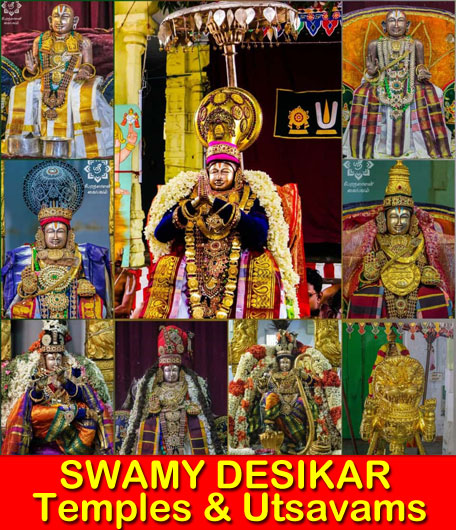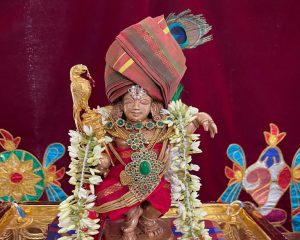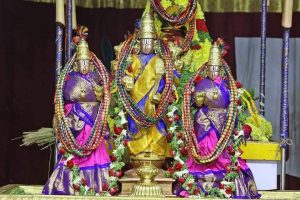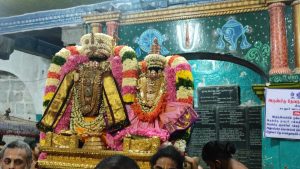Ganesh Chaturthi invokes Lord Ganesh’s blessings for prosperity, wisdom, and success. The festival, which symbolises the removal of obstacles and new beginnings, will see major celebrations in Maharashtra, Tamil Nadu, Karnataka, Andhra Pradesh, Telangana, besides other states on August 27, this year. It is pertinent to note that Ganesh Chaturthi would culminate with Ganesh Visarjan on September six. On this eventful day, Lord Ganesha idols will be carried out in grand processions and immersed in rivers, lakes, or the sea.
Ganesh Chaturthi, also known as ‘Vinayaka Chavithi’, is an auspicious Hindu festival which is celebrated for ten days every year. This year, too, the renowned festival is being celebrated in the Bhadra month as per the Hindu calendar, which generally falls in mid-August to September. It marks the birthday of the beloved elephant-headed Lord Ganesha.
Ganesha is also known as the God of wealth, sciences, knowledge, wisdom and prosperity, and that is why the devotees offer their worship to the beloved god and seek his blessings before commencing any important work.
Lord Ganesh is known by 108 different names like Gajanana, Vinayaka, and Vighnaharta, among others. Vinayaka Chaturthi is celebrated with devotion and much fanfare by the people belonging to the Hindu community throughout the world. A section of people from non-Hindu religions are also worshipping Ganesh with utmost respect. Is it not the high time to go through the history of Ganesh Chaturthi as follows?
Ganesha is the younger son of Lord Shiva and Parvati. There are various stories behind his birth. According to mythological versions, Lord Ganesh was created by Parvati out of dirt from her body to guard her in the absence of Shiva. She gave him the task of guarding her rest room door whenever she was taking bath. Meanwhile Shiva returned home and Ganesha, who was unaware that Shiva was his father, stopped him from entering the residence. This annoyed Shiva and without any hesitation, he severed Ganesha’s head following a confrontation between the two. Parvati was enraged when she was informed of the untoward incident; Lord Shiva, in turn, promised to get Ganesha back to life. The Devas were sent to search for a child’s head facing north, but they could retrieve only the elephant’s head. Shiva fixed the elephant’s head on the child’s body, and the story revolves around that is how Ganesha was born.
The other popular story is that the Devas requested god Shiva goddess Parvati to create Ganesha so that he can be a Vighnakarta (creator of obstacles) for rakshasas (demons), thus being a Vighnaharta (averter of obstacles) and helping Devas.It is firmly believed that devotees who offer their worship to Ganesha are able to fulfil their wishes and desires. So, the main essence of Ganesh Chaturthi is that devotees who pray to him are set free of sins and it leads them on the path of knowledge and wisdom.
Historically, the festival has been celebrated since the time of King Sivaji. It was during India’s freedom struggle that Lokmanya Tilak changed Ganesh Chaturthi from a private celebration to a grand public festival, so that people from all waks of life could come together and pray, before getting united. Over the years with growing environmental awareness, people have started celebrating Ganesh Chaturthi in an environmentally friendly atmosphere by getting Ganesha idols made of natural clay or mitti and using only flowers and natural items for decorating pandals.
There are four main rituals which are performed during the ten day long festival. They are Pranapratishhtha, Shhodashopachara, Uttarpuja, and Ganpati Visarjan.
The excitement of Ganesh Chaturthi goes up before the festival begins. Artisans start preparing clay idols of Ganesha in different poses and sizes.The Ganesha idols are installed in beautifully decorated pandal at homes, temples or localities. The statue is also decorated with flowers, garlands and lights. A ritual called Pranapratishhtha is observed, where a priest chants mantra to invoke life in the diety. Prayers are then offered to Ganesha’s idol in 16 different ways. This ritual is called ‘Shhodashopachara’. People also celebrate by singing or playing religious songs, dancing to drum beats and by lighting up fireworks, all of which add to the festive mood.
The Uttarpuja ritual is then performed, which is about bidding farewell to Ganesha with reverence. This is followed by Ganpati Visarjan, a ceremony, wherein the statue is now immersed in water. While carrying the statue to the sea and before immersing it, people generally chant in the Marathi language “Ganapati Bappa Morya, Purchya Varshi Laukariya,” which means “Goodbye Lord, please come back next year”.In Tamil, the people chant “Vinayakana Vinaitheerpavane” (Vinayakanae save us from hardships).
While some devotees celebrate this festival at home, others pay their visit to Lord Ganesha at public pandals. Dishes like Lord Ganesha’s favourite Modak, Pooran Poli, and Karanji are prepared to feed their families and friends, besides the guests.
Ucchi Pillayar Koil Temple at Tiruchirappalli in Tamil Nadu attracts a large number of devotees. The majestic temple was built during seventh century. The popular temple is perched on top of a hill in the Tiruchirappalli town and on the banks of river Kaveri that undoubtedly holds significance among the worshippers. According to Hindu mythology, Rockfort in the city is where Lord Ganesha ran from Ravana’s brother, Vibhishana, after establishing the Ranganathaswamy deity by the river bank. Lord Ram had gifted the idol of Lord Ranganatha to Vibhishana after killing Ravana. Adhi Vinayaka temple in Tamil Nadu is a form of Lord Ganesh, which portrays the Hindu deity with a human head before being decapitated by his father, Lord Shiva. This specific form of Lord Ganesh is rarely worshipped; expect in a few dedicated shrines. Here, the Lord Ganesh holds an axe, a rope, a modaka, and a lotus to assure his devotees that he will leave no stone unturned to protect his devotees from wrong-doers.
Siddhivinayak temple in Mumbai is looked at as one of the most-popular Lord Ganesh Temples in the country. The people throng around the temple in the normal time itself and during Ganesh festival, the place is surrounded by devotees, seeking Ganpati Bappa’s blessings. Additionally, the Siddhivinayak Temple is decorated with flowers and lights to celebrate the day. The mega-star Amitabh Bacchan’s wife Jaya said that her prayers at City Vinayakan temple to save her husband’s life (Amitabh was critically ill in mid-1982 that led even the then Prime Minister, Indira Gandhi and her son, Rajiv Gandhi to pay a visit to the hospital in then Bombay) paid rich dividends. Similarly, ‘Dagdusheth Halwai Ganpati’ temple in Pune is one of the biggest in Maharashtra and welcomes over a hundred thousand pilgrims every year. According to the temple’s website, a glorious history is related to this sacred place, famous for its intrinsic designs and gold stiched to the idol. This temple was incepted by Shri Dagdusheth Halwai and his wife Lakshmibai when they lost their son to the plague epidemic.
Sri Dodda Ganapathi temple is situated on bull temple road in Basavanagudi at Karnataka and it is home to an 18 feet tall Lord Ganesh idol that is 16 feet in width. During the coveted festival, the temple gets decorated with aplomb to enable the devotees to seek blessings from Lord Ganesh comfortably. There are many such temples all over India, especially in Andhra Pradesh and Telengana. However, the Tamil Nadu government led by its chief minister, M.K. Stalin, would not greet the Vinayaka devotees on this auspicious occasion, bearing the
K.V. Venugopal
Chennai








